We don’t care who is number one or two, say advertisers
Advertisers and marketers are not surprised with various TV news channels claiming leadership positions after the BARC released its news ratings; they have long been used to the way news channels function and slice and dice data to their advantage. The thing is that advertisers, before embarking on campaigns, resort to their own analysis of data; they don’t rely on ratings alone.
“Depending on the way the data is sliced - technically each channel will want to position themselves as #1. The news channels haven’t learned from the past mistakes and continue to just gun for No.1 anyhow,” says the marketing head of a reputed FMCG brand, on condition of anonymity.
News channel investments have not changed, he adds. In the absence of data, he says, some shifts would have happened in spending, and broad spends have remained similar. “Some data was released by Airtel projecting some channels as No.1. Some advertisers used Zapr in the absence of BARC,” he states.
ALSO READ - BARC news ratings are back... And is it back to square one?
According to Rajiv Dubey, Senior General Manager - Head of Media, Dabur, when an advertiser goes to advertise on a TV channel, he looks at two things: one is he wants to have a huge amount of reach for the media plan and the second is frequency.
“If you look at the entire universe of all the channels, there are about 855 channels that are reported by BARC right now. So out of all the channels, English-genre channels come to around 410. So in terms of significance and giving the number of viewers, the numbers are very small,” says Dubey.
These channels, especially the English-genre news channels, only add to the frequency of a media plan, not add to the reach, because the numbers are too small; so it reaches very few people, he adds.
It has dawned upon the channels that it is in their interest to use the data with circumspection in view of the fact that channels tend to manipulate data for vested interests.
In fact, in the absence of data for the past several months, brands had found a way through surrogates and their own judgment to find out how news channels were performing.
Jayen Mehta, Chief General Manager, Planning and Marketing, GCMMF (Amul), states that it is up to the advertisers to use data judiciously as channels have always used data to slice and dice and show their supremacy.
“We do continue to use the same data for other genres anyway. Not sure how the modus should be different. Besides, with or without ratings, advertisers have used judgment and ground reality to assess how to advertise on news,” says Mehta, adding that new channels will be relevant until there is noteworthy news.
Who cares who is No.1.
The news is a dynamic medium, and as such, it assumes significance in the marketer’s scheme of things. But, does the No.1 game have an impact on marketers and advertisers? Do they really care? The fact is that marketers don’t really appreciate this mad rush by the channels to be on top.
Sanjay Adesara - Head Media & Digital - Adani Wilmar Ltd, says that slicing and reporting data by channels for their own benefits is not new and that this will remain for the coming years. According to him, numbers and ratings are relevant for reach-driving channels.
But, for news, says Adesara, this is not too relevant since it is a frequency-driving genre. “One must have a closer look at the TG definition and time band considered for data representation. Advertisers invest in a lot of qualitative measures apart from ratings while considering the genre. Some of the factors are quality of news and contextual relevance for the brand. A lot of advertisers have moved out of ratings and drifted towards the smaller qualitative aspects within the genre, this is also being witnessed in sales decks/pitches too,” he says.
According to Dubey, there is a syndrome called PLU syndrome or People Like Us syndrome, where if all the people like us are watching Times Now or Republic TV, we would like to think everybody in the world is watching those channels.
“But if you look at the share of all the English channels put together, it is only 0.3% which is very little as compared to the numbers generated by the Hindi genre or other news channels. Which channel becomes number one, or two is very insignificant for advertisers; it may only satisfy the ego of the channels. When we have to buy a channel, we have to do our own analysis of data. Then take a decision on the basis of that,” says Dubey.
He further says: “Because everybody’s target group and target audience are very different and everybody has his own filter to analyze the data. So irrespective of who is claiming to be number one or number two, you should look at the entire universe. Within that genre, you have to look at what is suiting your best interests. So as an advertiser I have to see what matters to me, which audiences matter to me, what is going to help me to have a good presence rather than going for who is number one, and who is number two.”
According to him, largely the order of channels which are given in the news data right now is quite consistent with what was there before, barring the change of order of channels. It is quite similar; the top five channels are still there.
“The data has to be looked at for a larger period of time; a one-week data which is representing a four-week rolling average. We have to look at all the weeks of data to arrive at any conclusion. If there are any trends which are developing, contradictory to what we have seen, then we have to take a call. But largely the data is similar to what has been given in previous reports also. For re-verification we have to look at other sources of information which are also available to advertisers,” says Dubey.
Dubey believes that BARC being a single currency available to advertisers, there is no reason you should not trust this currency. “This currency has been designed jointly by IBF, ISA and AAAI, a podium of advertising agencies. It is the single currency that gives you so much data and information. So there is no way of not trusting BARC data. It is your own product and the only currency available to advertisers to analyse data,” he explains.
The FMCG head also agrees that BARC is the only currency currently. “BARC will continue to follow a certain methodology for the sanctity of the data - till the time there is no multiple reporting or similar issues like earlier - advertisers will need data for measuring the efficiencies,” he adds.
Adesera says that the current data was to be based on the 4-week rolling average, which BARC had claimed earlier. “This rolling average would help iron out a lot of fluctuations which the data would have. Fluctuations in viewership because of so many factors like elections, war, the rise of crude oil prices, etc. are currently covered. The data trend needs to be monitored for the news genre for the next four to six weeks. Post which one can have clarity in terms of how fair the data is for the recent period,” he added.
Sanjay Adesera believes that there will be no drastic change; categories whose audience sets have high affinity to the genre will continue advertising. “The BFSI category will continue investing in the genre. There may be some major tweaks in channel-wise investments. But the graph won’t be drastic. Earlier, despite not having BARC data for news channels, there were inventory issues and advertisers continued their presence on leading news channels,” he added.





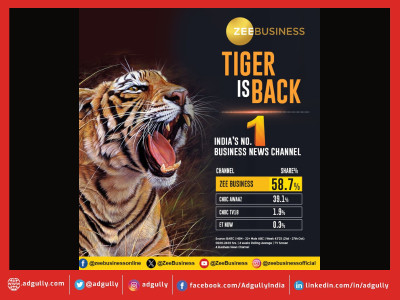
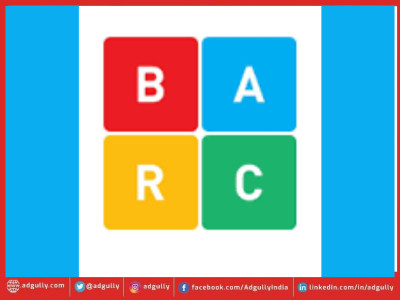

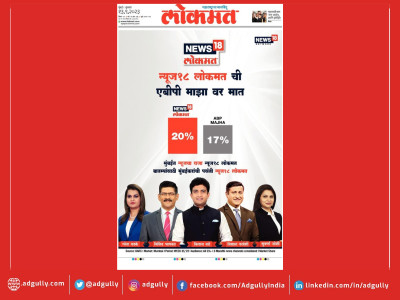
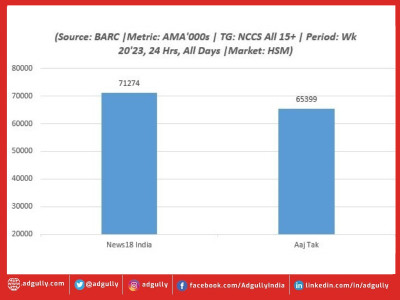
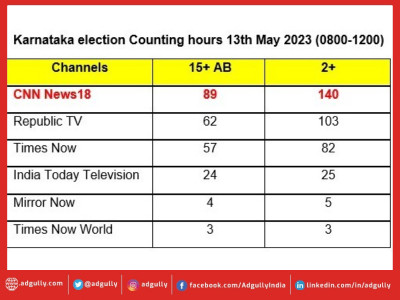
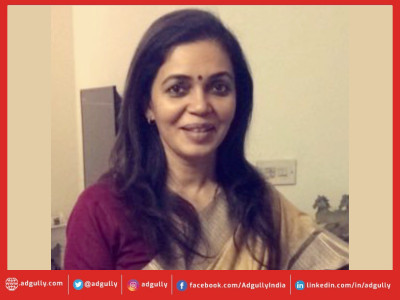
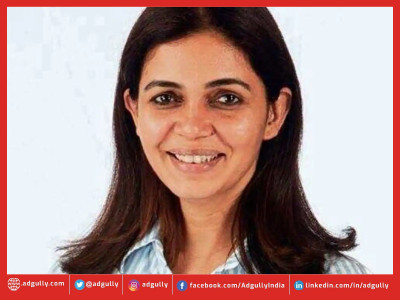




Share
Facebook
YouTube
Tweet
Twitter
LinkedIn